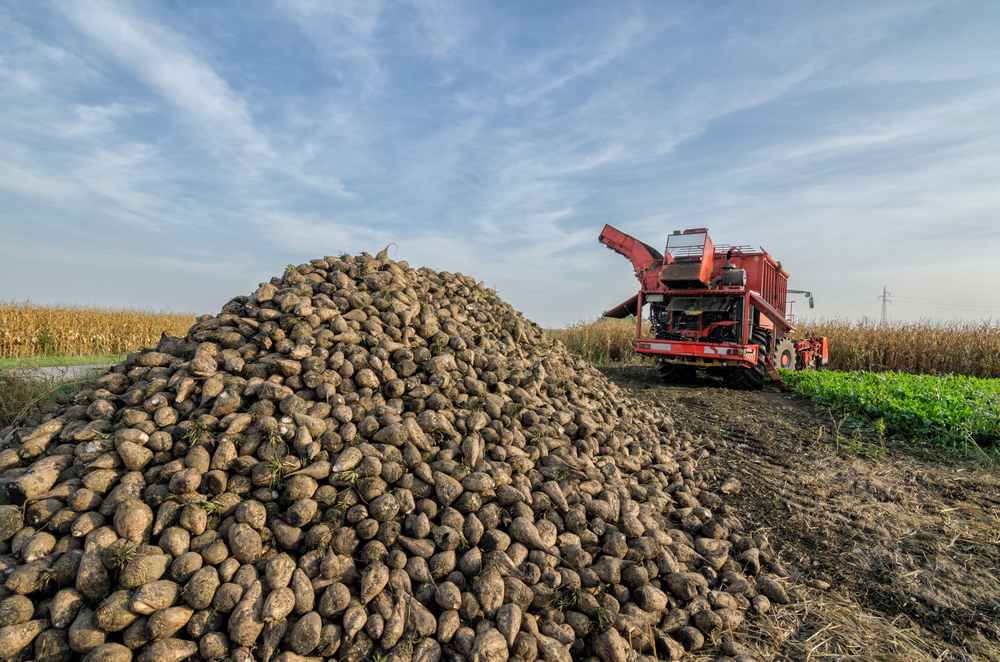For many motorists, the situation is becoming untenable. The liter of petrol continues to rise at the pump. Diesel and unleaded prices have crossed the symbolic €2 bar, stunning buyers at French service stations. Although a slight decrease is expected next week, more and more drivers are wondering whether it would be interesting to convert their vehicle to bioethanol, a fuel at half the price. Cost, methodology and impact on the planet, we tell you all about this little-known fuel.
Why convert your vehicle?
If you put miles on it every day, you’ve noticed: the fuel has reached historic levels. More than €2 per liter of diesel, and almost €2.10 for unleaded in some stations. An inconvenient increase for those who depend on the car to go to work, to university or to take the children to school and do the shopping…
At the pump, however, another fuel attracts all wishes: bioethanol or E85. With a price of less than 1 euro per litre, it has everything you need. If it’s so frugal, it’s because it’s taxed very little by the state. A way to encourage consumption of this supposedly more ecological fuel, which is the result of a process of distilling sugar beets and grains.
But be careful, don’t fill his tank that will. To run your vehicle on bioethanol requires a transformation.

How to switch to bioethanol?
In concrete terms, anyone who wants to switch to bioethanol must go to an accredited garage to have a specific box installed. A transformation reserved for hybrid or petrol cars (sorry for the owners of diesel cars…). In addition, a certain time is required for the transformation to depreciate, therefore it is advisable to mount a box only on vehicles under 15 years old.
If the savings at the pump are assured, this change nevertheless presupposes a basic investment estimated, according to the garages, between 900 and 2000 for the installation, the delivery of the material and the change of the registration certificate. Then the installation pays for itself after approximately 15,000 kilometres.
Because bioethanol is less powerful, it must also be taken into account that a car running on ethanol consumes 15 to 25% more fuel than a car running on unleaded. Despite everything, the operation remains financially very interesting.
And good news: switching to bioethanol doesn’t stop you from using lead-free every now and then. So you don’t have to worry about not being able to find something to fill your tank at all gas stations…

The quick fix?
Bioethanol therefore has something to tempt. However, it is difficult to see in him the long-awaited solution to climate change and resource depletion. Certainly, in use, over its entire life cycle (production and use), E85 emits 50% less CO2 and 90% less particulate matter than SP95 gasoline.
Yet he is blamed: to produce the beet, corn or wheat used for its production requires a large number of agricultural lands, at the expense of a culture reserved for food. In addition, their production is very often combined with the use of phytosanitary products and machines that consume fuel themselves…
How do I find an authorized garage?
In France, three installers are approved to convert your vehicle to bioethanol. To find a mechanic near you, visit one of their sites:
- Borel
- Biomotors
- FlexFuel
Did you like this article? Also discover 7 easy-to-know tips to make your tank of petrol or diesel last longer.